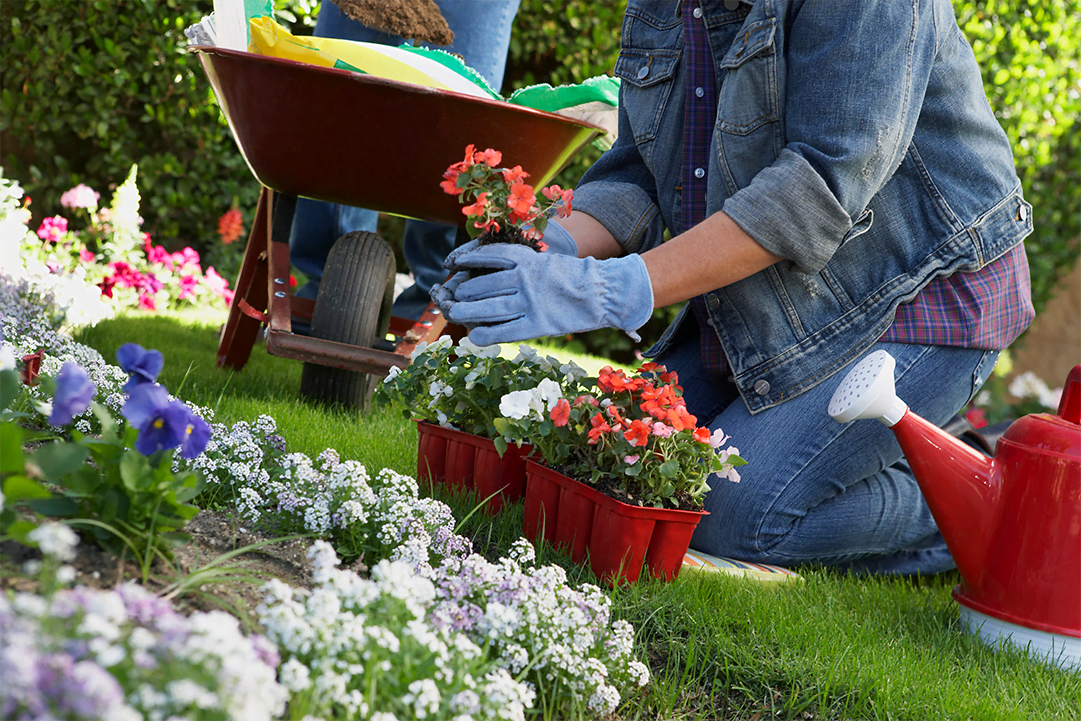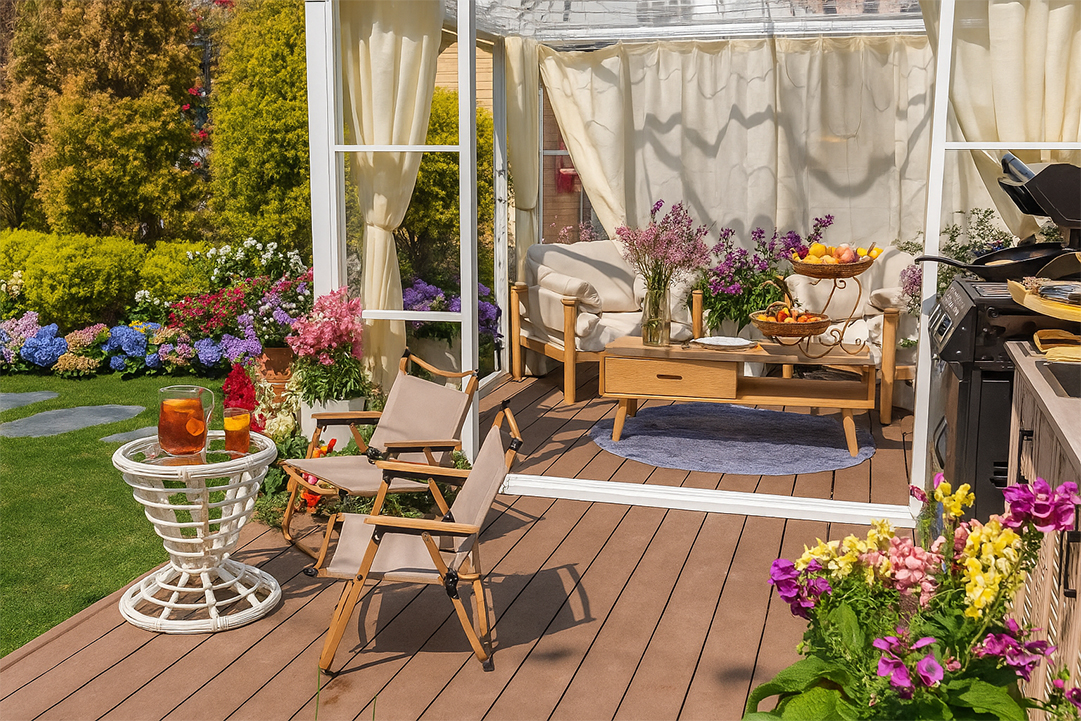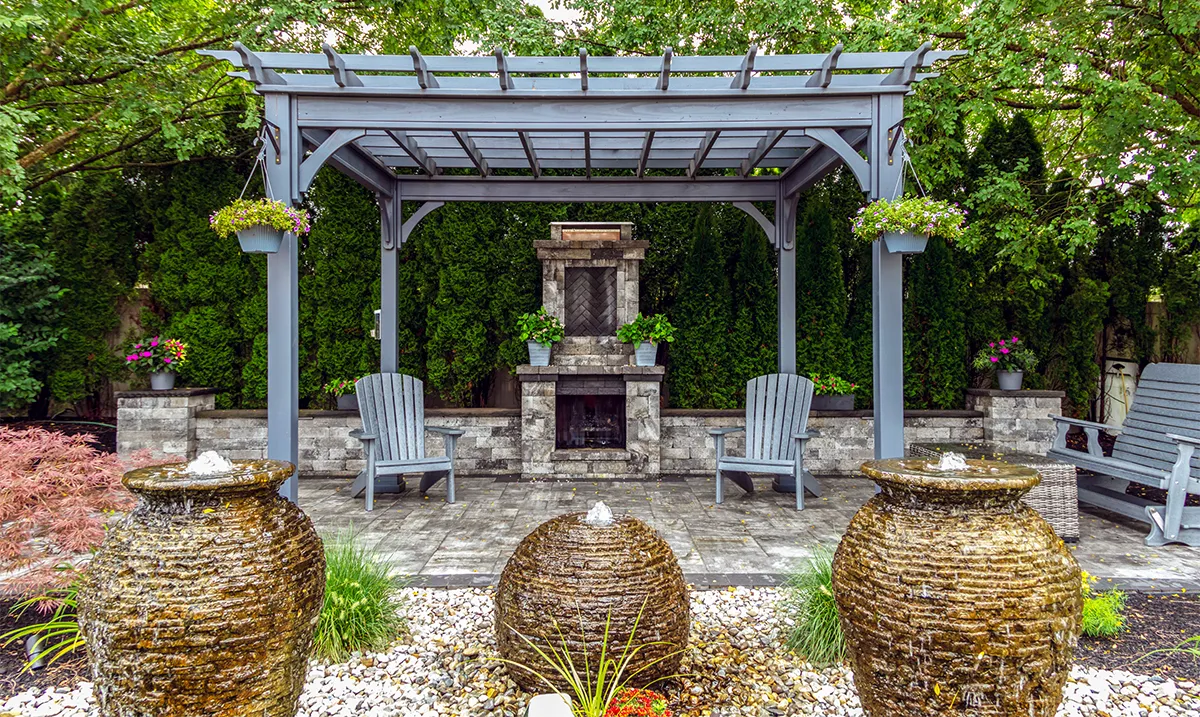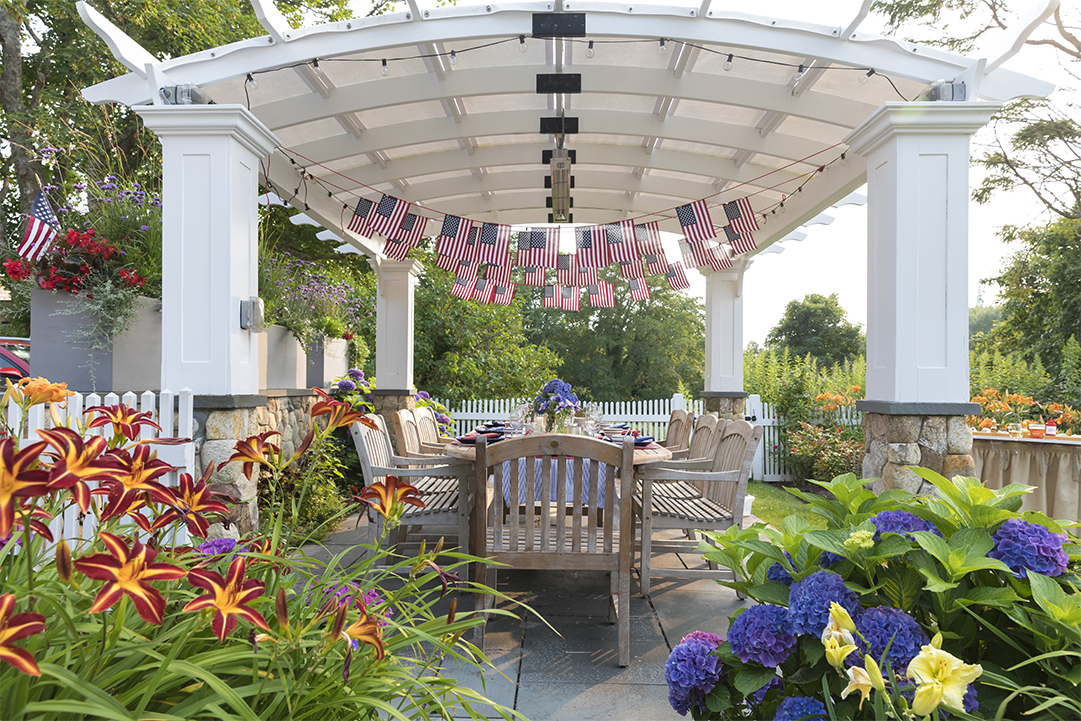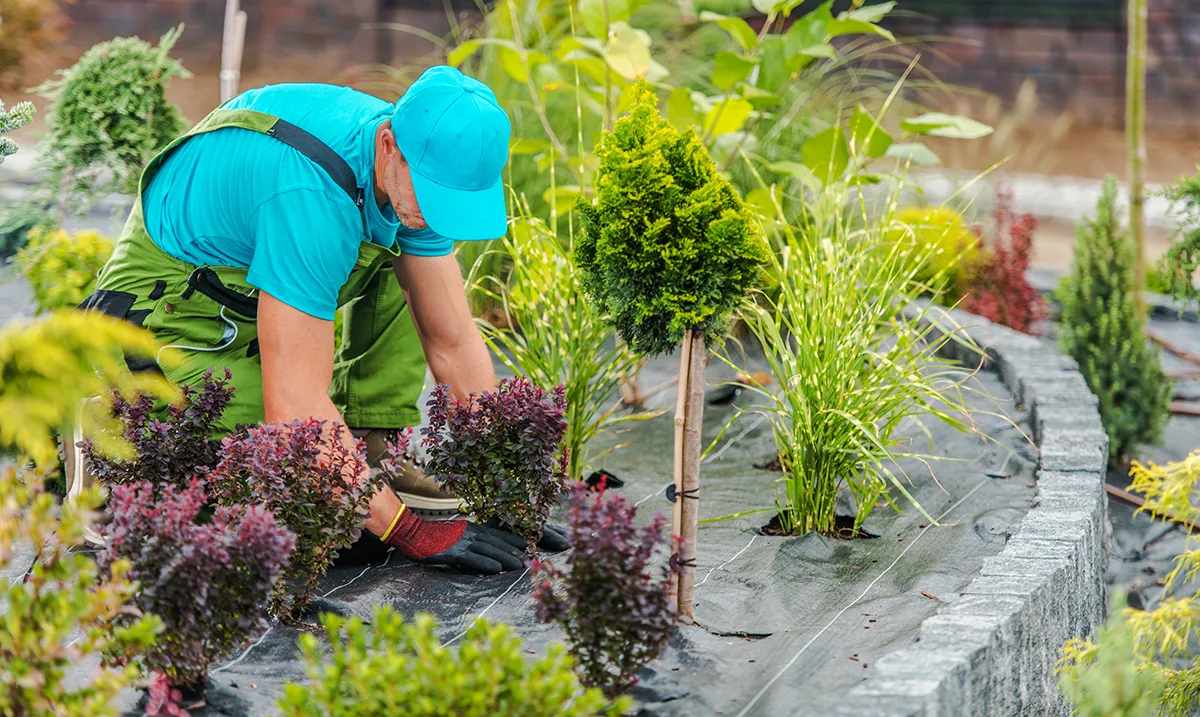For longtime and first-time homeowners alike, determining how to care for a given plant can be difficult. With so many different types of plants and New Jersey’s fluctuating seasonal conditions, how do you know what your plants need and when? Here’s a handy guide:
Sunlight
Sunlight allows a plant to photosynthesize and feed itself. Some plants prefer less sunlight than others, but all plants need at least some sunlight.
Soil
In the same way soil serves as the deepest foundation of your home, it is also the foundation of a plant. Except in plants, soil is even more important, because it is where they absorb nutrients and grow roots. Soil should be loosely packed around a plant to allow for proper root growth.
Air
Another essential, air is the means by which plants consume carbon dioxide and release oxygen. It’s in both your and your plant’s best interests for the plant to receive ample air!
Water
When you think of plant care, the first thing that probably comes to mind is water. But remember, although all plants need water, overwatering can be just as damaging as neglect. Teleflora gives five signs of overwatering to look out for.
Nutrients
If you believe you are doing everything right and your plants still seem to be in poor shape, they could be suffering a nutrient deficiency, such as:
- Calcium – New leaves are distorted or irregularly shaped.
- Nitrogen – General yellowing of older leaves, exclusively at the bottom of the plant.
- Magnesium – Older leaves are turning yellow at the edges, creating a green arrowhead-like shape in the leaf’s center.
- Phosphorus – The tips of leaves appear burnt, with older leaves turning a dark green or reddish hue of purple.
- Potassium – Older leaves begin to wilt or appear scorched, usually beginning at the plant’s base.
- Sulfur – Younger leaves turn yellow. Older leaves may also show discoloration.
- Boron – Newly formed buds die and drop off before maturing.
- Copper – Leaves appear dark green and plant growth may be stunted.
- Iron – Yellowing can be seen intermixed in the veins of young leaves.
- Manganese – Yellowing may appear in young leaves along with dead patches and a reduced size.
- Molybdenum – Older leaves begin yellowing, while remainder of the plant appears light green.
- Zinc – Yellowing appears between the veins of young leaves.
Protection
The common theme you might be gathering from this article is that plants need a lot of the same things that people do. And just like we are susceptible to diseases and dangers, they are, too. Here in New Jersey, your plants might need insect control, such as emerald ash borer treatment, and/or deer repellent.
Care
All of the above amount to general, genuine care. At High Tech Landscapes, we care about your plants’ wellness just as much as you do; we even dedicate an entire department of our NJ landscaping company to plant health. See how we can help keep your plants healthy year-round
